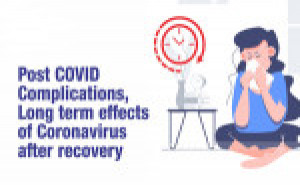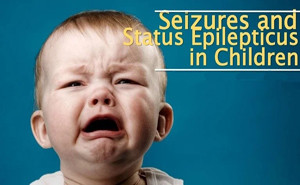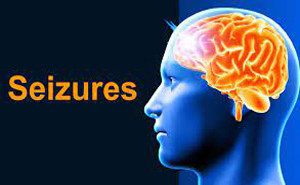Posted by Incepta Pharmaceuticals Ltd.
AGA Gastroenterology Journal: Published on November, 2022In adults, obesity-related
complications, such as cardiovascular disease, stroke, type 2 diabetes mellitus
(T2DM), nonalcoholic steatohepatitis, obstructive sleep apnea, osteoarthritis,
and certain types of cancer (eg, colorectal cancer), have also increased,
contributing to high morbidit...
Discontinuation of antiepileptic
drugs (AEDs) in seizure-free patients is an important goal because of possible
long-term side effects and the social stigma burden of epilepsy. The purpose of this study was to
assess seizure recurrence risk after suspension of AEDs, to evaluate predictors
for recurrence, and to investigate the recovery of seizu...
Seizures are the most common
manifestation of neurological insult during the neonatal period. The most common
cause of symptomatic neonatal seizures is hypoxic/ischemic encephalopathy (HIE)
which affects approximately 1-2/100 live births.There are no evidence-based
guidelines for the pharmacologic treatment of neonatal seizures and management...
The New England Journal of Medicine: Published on December, 2019Evidence supports the use of
benzodiazepines as the initial treatment for status epilepticus; however,
seizures do not respond to benzodiazepines in up to a third of patients. Of the three medications most
commonly used to treat benzodiazepine-refractory status epilepticus —
leveti...
Conjunctivitis
is one of the most common causes of red-eye and affects patients of all ages
and socioeconomic class. Viral conjunctivitis is responsible for the majority
of infectious conjunctivitis, accounting for up to 75% of cases and is more
prevalent in the summer.What
is conjunctivitis?Conjunctivitis,
also known as "pink eye", is inflam...
The persistence, severity, and disability associated with post-COVID conditions, often referred to as "long COVID," pose significant diagnostic and management challenges. Some patients who have been infected with SARS-CoV-2, the virus that causes COVID-19, have new, recurring, or ongoing symptoms and clinical findings four or more weeks after infec...
Gliomas are the most common malignant primary brain tumors
and treatment options are multimodal. Seizures are a well-recognized
symptom in glioma patients and occur frequently, either as a presenting symptom
or during the course of the disease. The incidence of seizures is higher
in slow-growing tumors.Seizure control plays an important role in...
JAMA Pediatrics: Published on November 2022A Systematic Review and Meta-analysisTAKE-HOME MESSAGEAre shorter courses of
antibiotics as good as longer courses?This systematic review and meta-analysis assessed whether
shorter courses of antibiotics are noninferior to longer courses of antibiotics
for nonsevere community-acquired pneumonia (CAP) in...
Journal of Endodontics: Published on February, 2023TAKE-HOME MESSAGEThis systematic review of 38
studies and meta-analysis of 31 studies reported that, among patients with
maxillary sinusitis, the overall prevalence rate of maxillary sinusitis of
odontogenic origin (MSOO) was 51% per sinus and 50% per patient. The following dental conditions
sh...
PubMed Central: Published on October 2019
Status epilepticus is most common
in children younger than 5 years, with incidence between 10 and 60 per 100,000
populations.
Convulsive status for 30 min leads
to irreversible neuronal injury.
TAKE HOME MESSAGE
Established Status Epilepticus
Treatment Trial proposed that 35%–45% of p...
JAMA: The Journal of the American Medical Association: Published
on April 5, 2022
Epilepsy affects approximately 65
million people worldwide. Persistent seizures are associated with a 20% to 40%
risk of bodily injuries (eg, fractures, burns, concussions) over 12-month
follow-up. The primary goal of epilepsy treatment is to eliminate seiz...
The New England Journal
of Medicine (NEJM): Published
on July 15, 2021
The incidence rate of a single unprovoked seizure among
adults is 23 to 61 cases per 100,000 person-years.
After a first unprovoked seizure, the overall risk of
recurrence may be as high as 60%, and this risk is highest within the first 2
years.
Epilepsy is...











